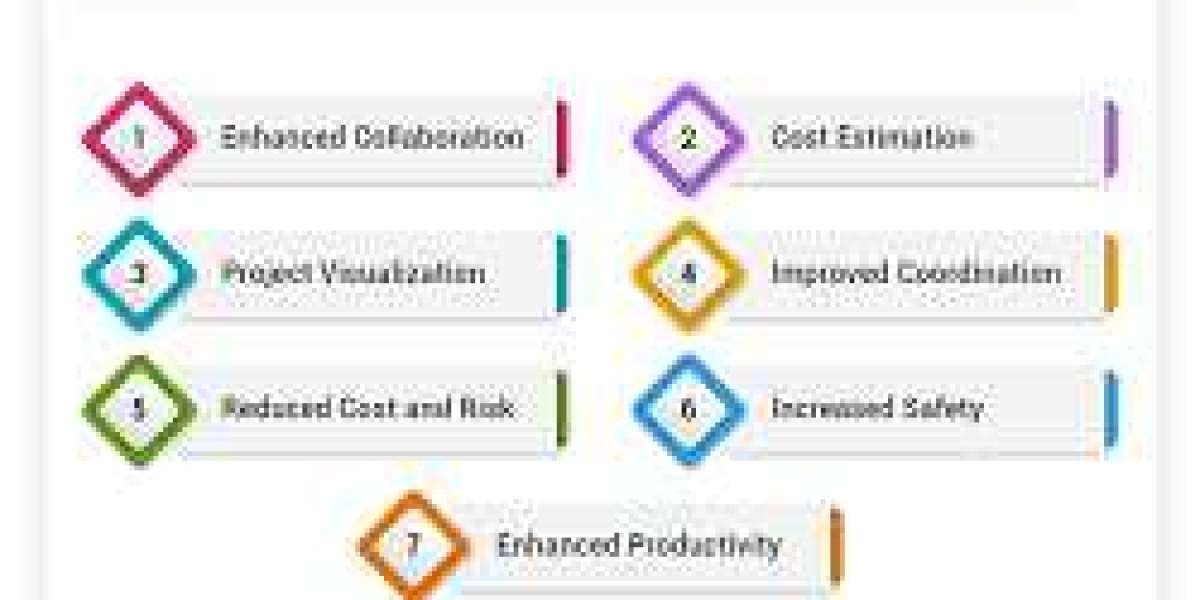With the advent of automation, enterprises and ISVs are more empowered for streamlined and scalable Cloud Operations. However, recent research by NetApp raises flags about security compliance and cost management challenges that are discouraging companies from to truly unlocking the full potential of CloudOps Services. Therefore, it is essential that CloudOps embrace the principles of Site Reliability Engineering (SRE) and combine them with the power of automation.
In this blog, we will explore how implementing SRE can help companies reimagine the efficiency, reliability, and scalability of cloud operations. We will also see how an automation-friendly infrastructure solution like Infrastructure as Code (IaC) can amplify these benefits even further for CloudOps services.
CloudOps services empower organizations to define, manage, and provision infrastructure in ways agnostic to manual intervention. What adds more to this automation enablement, is the power of CloudOps to seamlessly execute data-driven operations. By leveraging analytics and monitoring tools, CloudOps teams can analyze patterns, identify anomalies, and make data-driven decisions to optimize costs, prevent failures, and troubleshoot issues effectively.
In short, CloudOps offers itself as an irrepleacable catalyst for 360-degree automation capabilities
Therefore, to effectively measure success in cloud operations, and therefore, automation efforts, traditional Key Performance Indicators (KPIs) need to be revised. Factors like security management, release velocity, compliance adherence, and resource efficiency become crucial metrics for this purpose. Let us see how SRE does this job.
Site Reliability Engineering (SRE) encompasses various principles and practices that help manage security, observability, performance, scalability, and cost optimization for Cloud Operations. Let's explore how SRE addresses each of these areas:
- Security: SRE promotes a proactive approach to security by implementing secure coding practices, conducting regular security audits and assessments, and staying up to date with industry best practices. SRE teams work closely with security teams to establish access controls, monitor for vulnerabilities, and respond swiftly to security incidents.
- Observability: Observability is a core principle of SRE, enabling efficient monitoring, troubleshooting, and incident response. SRE teams leverage various monitoring tools, log analysis, and distributed tracing to gain visibility into the behavior of applications and infrastructure. By setting up meaningful metrics, alerts, and dashboards, SREs can quickly detect anomalies, identify performance bottlenecks, and proactively address issues, ensuring high availability and reliability of cloud platform operations.
- Performance: SRE teams conduct capacity planning exercises to ensure that the cloud infrastructure can handle anticipated workloads and scale as needed. They identify performance bottlenecks and work towards optimizing resource utilization, reducing latency, and enhancing overall system responsiveness. Continuous performance monitoring and analysis help SREs identify and address any degradation in performance, ensuring optimal user experiences.
- Scalability: SRE experts establish capacity management processes and monitor resource utilization to ensure that the cloud environment can handle increasing workloads without compromising performance. By continuously monitoring metrics and conducting load testing, SREs identify scaling thresholds and implement proactive scaling strategies to maintain optimal performance and availability.
Referace - https://www.zymr.com/blog/the-automation-advantage-strengthening-cloudops-services-with-sre-and-iac








